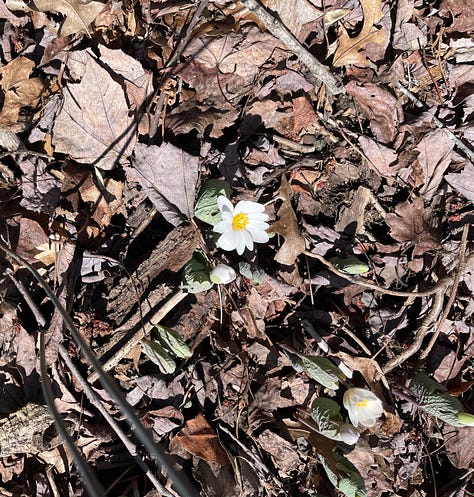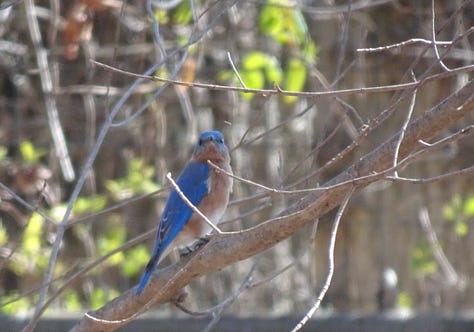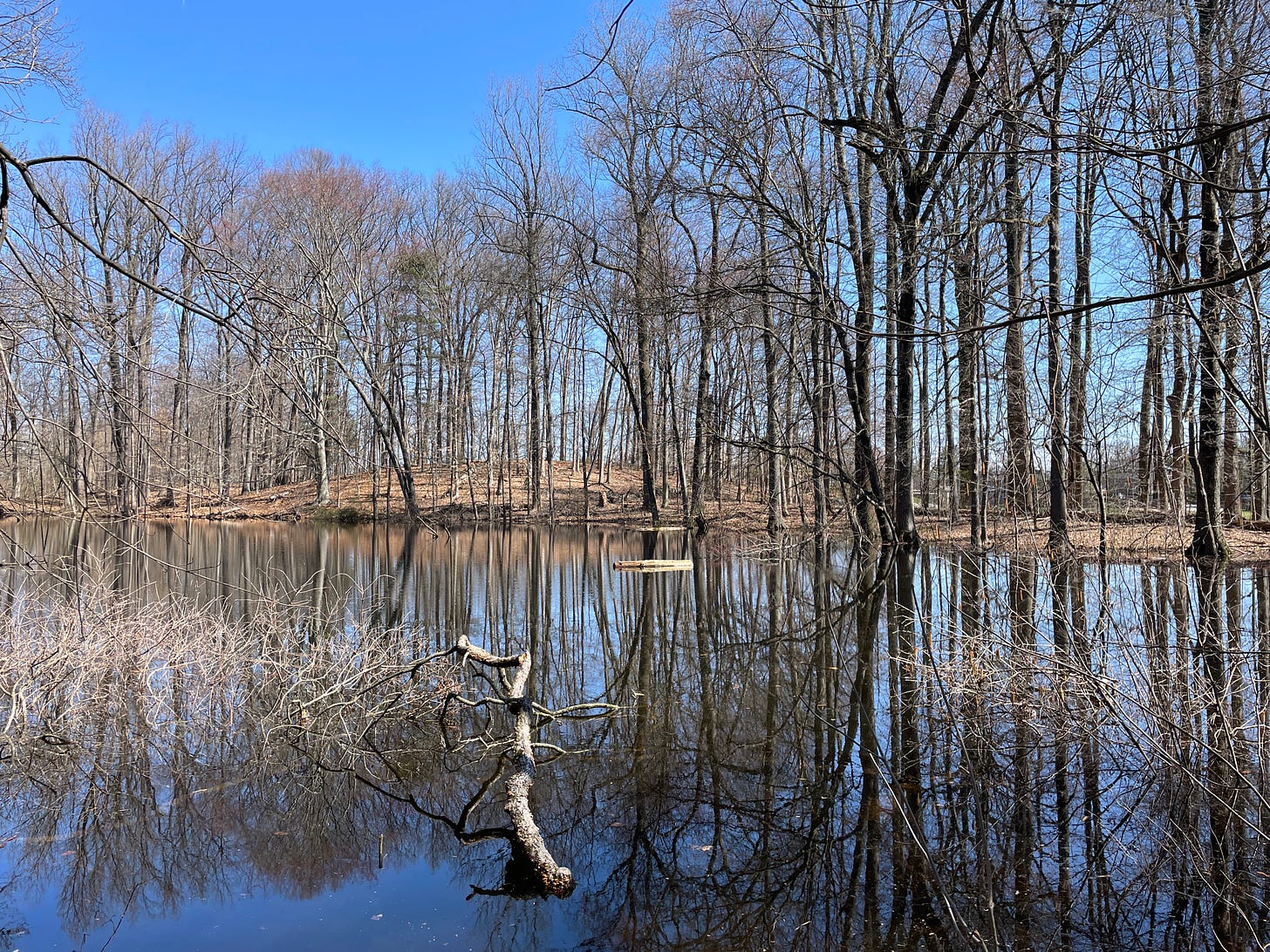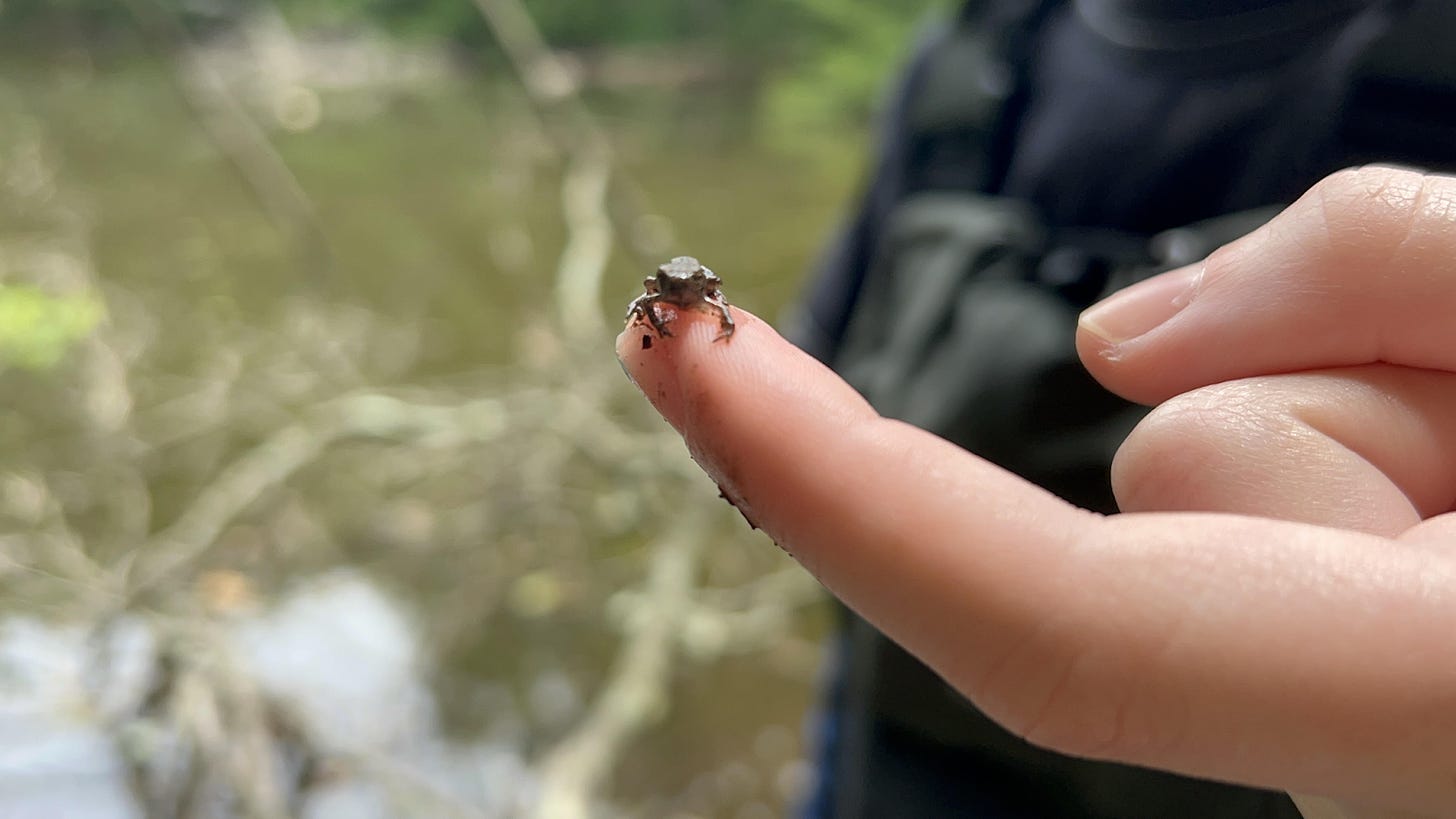Rep. Mikie Sherrill and Sen. Corey Booker have secured $4.1 million in Federal funding for the Drew Forest! Together with the $5 million approved by Morris County, a conservation sale is starting to look possible. But there’s more to be done.
Save the Dates!
Visit the Drew Forest table at Madison Green & Clean on April 27th.
Support the Forest this May. An in-person trial date is set for May 20 & 21 at the Morris County Superior Courthouse in Morristown. The purpose of the hearing is to decide on the development potential for the Drew Forest.
An Outdoor Classroom at Long Pond
In New Jersey, waves of warmth and chill bring spring, and Drew Forest is awakening. The skittering sounds you hear under the leaves and the splashy pings in the ponds are likely amphibians, engaging with all areas of their wetland habitat.
Rachel Sirica, an Environmental Science major at Drew University, is focusing her senior thesis on the health of amphibians in our local ecosystem including how conservation efforts can helps to protect amphibians and prevent loss of biodiversity. Rachel has been investigating Long Pond, a unique part of the Drew Forest providing water accessibility to wildlife.
Friends of the Drew Forest Steering Committee member Robin Trynin interviewed Rachel to learn more.
Why are amphibians important to study?
Due to the sensitive nature of their skin, amphibians are an excellent indicator of environmental health. By studying amphibians, many other species including humans benefit from detecting early signs of pathogens, environmental toxins, and changes in ecosystem services like water quality and accessibility. As part the forest food web, amphibians eat insects providing pest control service - free of charge!
What does Drew Forest offer them for their health and survival?
Drew forest and Long Pond allow us to study the interface between forest and wetland ecosystems needed for frogs and toads. This naturally maintained ecosystem curates a habitat of improved water quality and a wide range of nutrients that wetlands elsewhere may not have.
The biphasic life cycle of frogs and toads prompts them to live in both aquatic and terrestrial environments, which we have at Drew’s Zuck Arboretum. Long Pond and Round Pond are surrounded by forest which provide protected habitat of many amphibian species during the breeding season in water and life on land.
What is their lifecycle in forest?
Frogs and toads spend winter hibernating, burrowed below the frozen ground or at the bottom of ponds. Some species will breed earlier in winter months depending on their needs and the offsprings’ ability to survive. Otherwise, frogs and toads breed in the spring and summer during the warmer months when you can find frogs and toads keeping cool in small bodies of water. It is a common sight to find our frog and toad friends perched on logs and fallen branches in Long Pond on sunny days, singing their beautiful songs.
How does Drew Forest offer you an outdoor classroom? Why is this important for the future of the university?
Field research in Long Pond has been an integral part of my study. I have gotten to interact with my animals of interest, frogs and toads, and watch their behavior in Long Pond and the surrounding forest floor.
For my thesis research, I gathered a variety of macroinvertebrate taxa (amphipods, hydra, glassworms, midges) from Long Pond in order to study how certain organisms interact with pathogens of interest. I spent many days wading through Long Pond, discovering organisms I had never seen in person before like dragonfly larvae, and gaining hands-on research experience I hope to continue at the graduate level.
Without the outdoor classroom that is our Drew forest and ponds, my research would be limited. I attribute the personal importance of my research to Drew’s forest and ponds as I was able to observe the very animals I hope my research will help protect. Long Pond is a fascinating place that opened my eyes to the value of field ecology.
Signs of Spring in the Forest
Bloodroot (Sanguinaria canadensis) peaks out of the protective leaf cover, turtles enjoying the sun on Long Pond, and a beautiful Eastern Bluebird. Spring is a wonderful time to visit the Forest.







